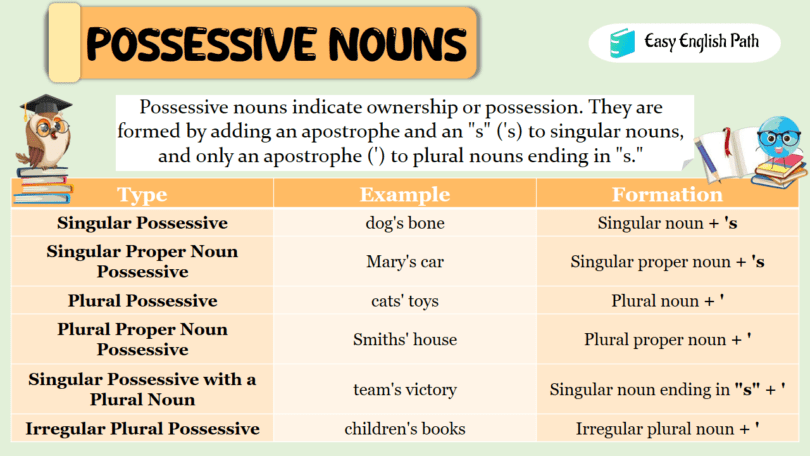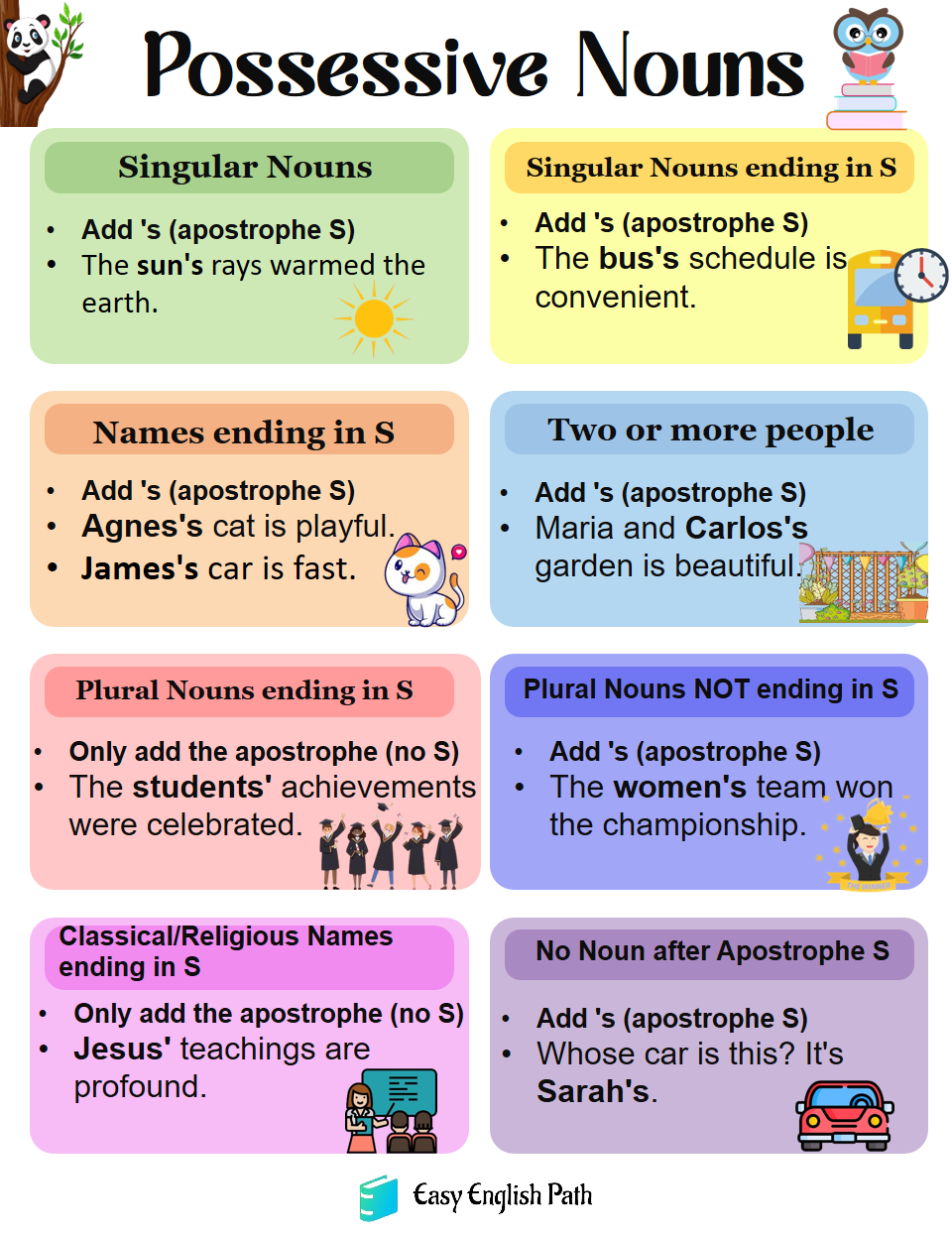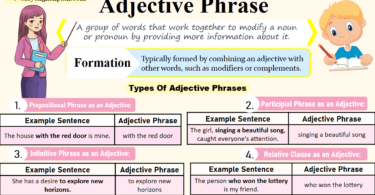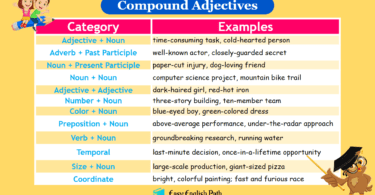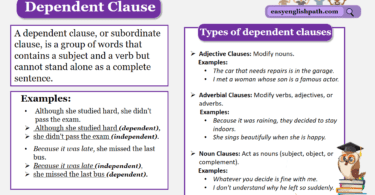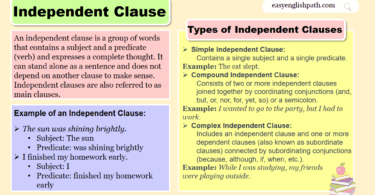Understanding possessive nouns is essential for mastering English grammar. Possessive nouns show ownership, indicating that something belongs to someone or something. They are typically formed by adding an apostrophe and an ‘s’ (or just an apostrophe for plural nouns ending in ‘s’). For example, The Dog’s Bone or The Teachers’ Lounge. Using possessive nouns correctly helps clarify meaning and avoid confusion in writing and speech.
What are Possessive Nouns?
Possessive nouns are nouns that show ownership or possession. They indicate that something belongs to someone or something. In English, possessive nouns are typically formed by adding an apostrophe and an s (‘s) to the noun, or just an apostrophe (‘) if the noun is plural and already ends in s.
- I found Tom’s hat on the kitchen table.
- The cat’s playful antics entertained us all evening.
- We admired the artist’s beautiful paintings in the gallery.
Rules for Possessive Nouns
- Singular Nouns
- Plural Nouns (Ending in s)
- Plural Nouns (Not Ending in s)
- Irregular Plural Nouns
- Singular and Plural Nouns Ending in s
- Joint Possession
1. Singular Nouns:
To show possession, add ‘s to the noun. This applies to most singular nouns, whether common or proper.
- The dog’s bone is buried in the yard.
- The teacher’s book is on the desk.
2. Plural Nouns ending in ‘S’:
For plural nouns that already end in s, simply add an apostrophe after the last letter without adding another s.
- The dogs’ kennel is large.
- The teachers’ lounge is on the second floor.
3. Plural Nouns not ending in ‘S’:
Irregular plural nouns, like children or women, require ‘s to indicate possession since they don’t end in s.
- The children’s playground is new.
- The women’s conference was a success.
4. Singular Nouns ending in ‘S’:
Typically, add ‘s, but just an apostrophe can be acceptable, especially for classical or historical names.
- James’s car is parked outside.
- The boss’s office is upstairs.
5. Compound Nouns:
In compound nouns (e.g., mother-in-law), add ‘s to the entire phrase rather than just one part of it.
- My sister-in-law’s dress is beautiful.
- The editor-in-chief’s decision was final.
6. Joint Possession:
When two or more people share ownership, add ‘s only to the last noun to show joint possession.
- Jack and Jill’s house is on the hill.
- Tom and Jerry’s show is popular.
7. Separate Possession:
If two or more people own things independently, add ‘s to each noun to indicate separate ownership.
- Jack’s and Jill’s bags were both packed.
- Sarah’s and Tom’s ideas were different.
Possessive Nouns vs. Plural Nouns
| Feature | Possessive Nouns | Plural Nouns | Contractions |
|---|---|---|---|
| Purpose | Shows ownership | Shows more than one | Combines words |
| Formation | Add ‘s (or just ‘ for plurals) | Add s or es | Use an apostrophe to replace missing letters |
| Example (Singular) | The cat’s toy (The toy belongs to the cat) | One cat | He’s happy (He is happy) |
| Example (Plural) | The cats’ toys (Toys belong to multiple cats) | The cats are playing | They’re playing (They are playing) |
| Common Confusion | The dog’s leash vs. The dogs bark | Apples vs. Apple’s color | It’s raining (It is) vs. Its color (possessive) |
Possessive Nouns Examples
- This is John’s laptop.
- I appreciate Mom’s advice.
- The cat’s purring is soothing.
- I love summer’s warm days.
- The teacher’s patience is remarkable.
- Please pass me Alice’s phone.
- My brother’s car is fast.
- I enjoy Sarah’s company.
- The dog’s bark startled me.
- This is Dad’s favorite book.
Common Mistakes with Possessive Nouns
- Confusing Possessive Nouns with Plurals
✅ The dog’s leash is red.
❌ The dogs leash is red.
2. Misplacing the Apostrophe in Plural Possessives
✅ The students’ books are on the table.
❌ The students book’s are on the table.
3. Confusing “It’s” and “Its”
✅ It’s raining outside.
❌ Its raining outside.
4. Using Apostrophes with Regular Plural Nouns
✅ I have three cats.
❌ I have three cat’s.
5. Forgetting the Apostrophe in Irregular Possessives
✅ The children’s playground is big.
❌ The childrens playground is big.
FAQs with Possessive Nouns
1. What is a possessive noun?
→ A noun that shows ownership, usually by adding ‘s or just ‘ for plurals.
2. How do you make a plural noun possessive?
→ Add ‘s if the plural doesn’t end in s (children’s), or just ‘ if it does (dogs’).
3. What’s the difference between “it’s” and “its”?
→ It’s = it is (contraction), its = possessive (its color).
4. Do all nouns need an apostrophe for possession?
→ No, pronouns like his, hers, its, theirs don’t use an apostrophe.
5. Can a possessive noun be plural?
→ Yes, like teachers’ lounge (lounge belongs to multiple teachers)
You May Also Like

